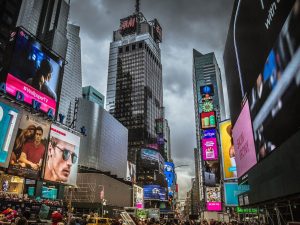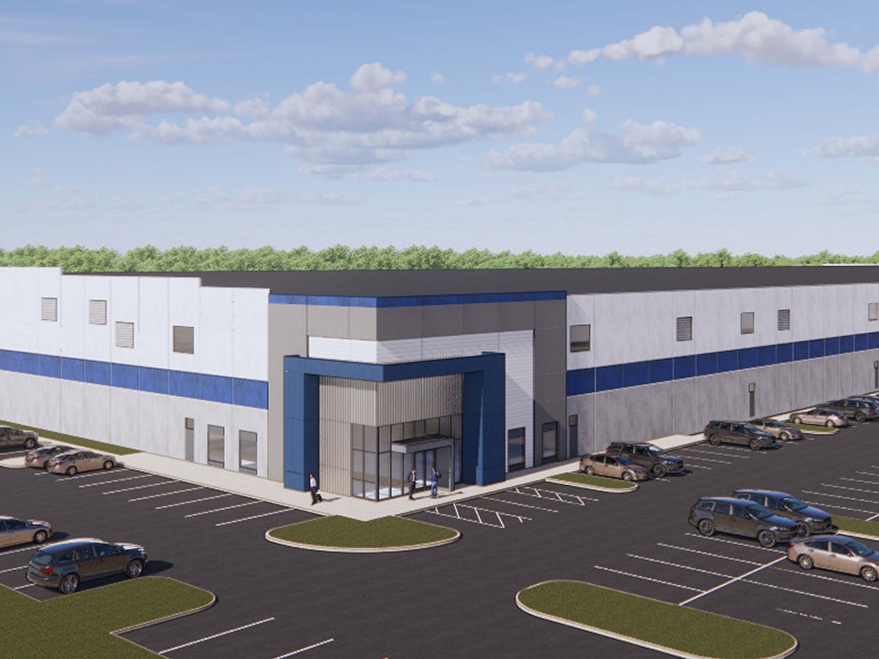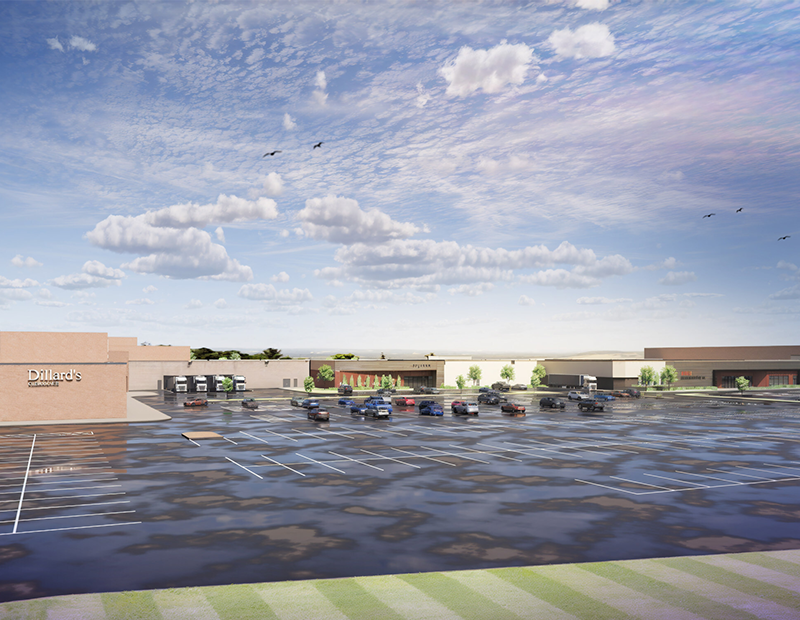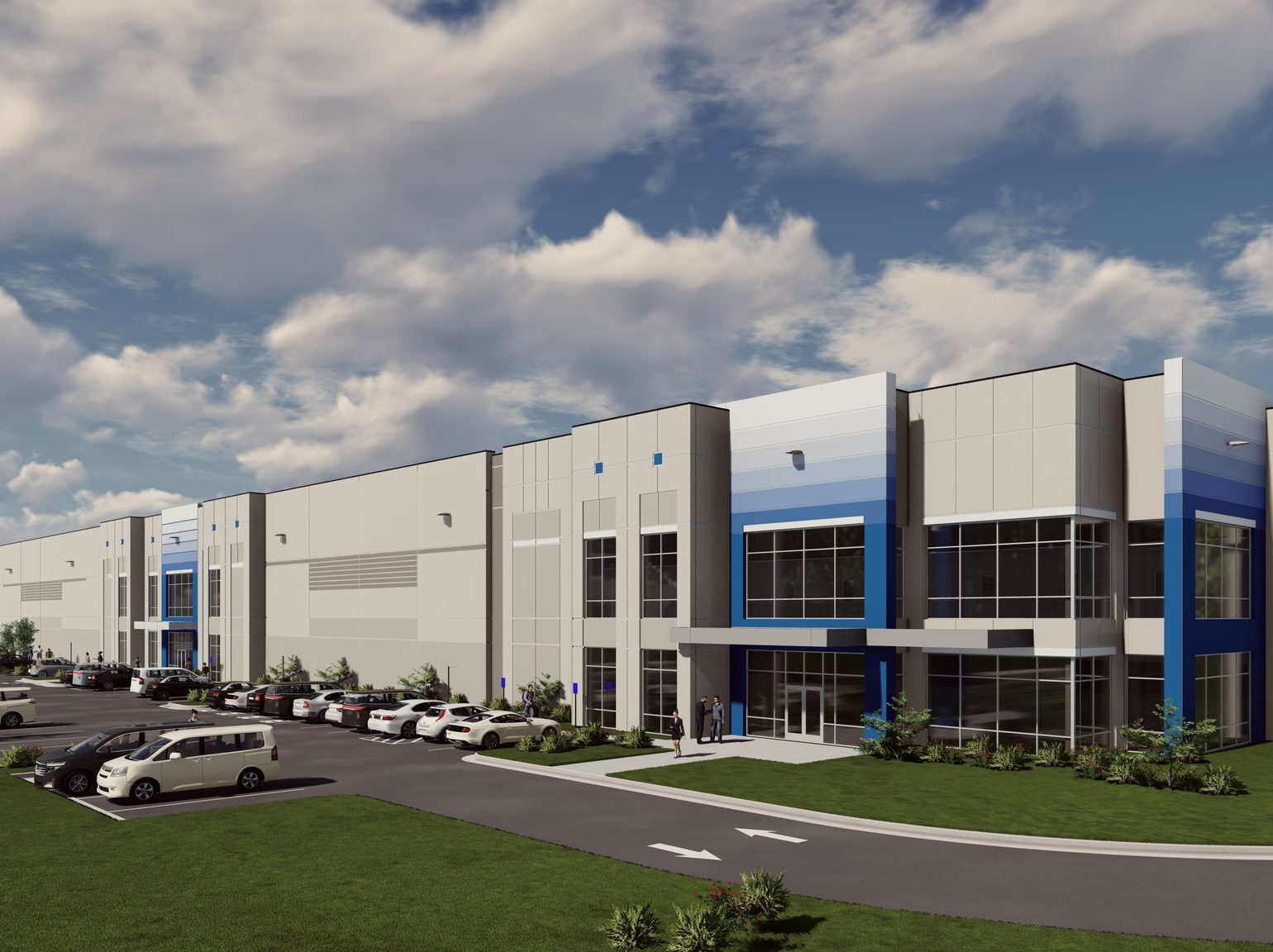Office Revival Program Coming to Midtown Manhattan
In a bid to boost the city’s struggling market, the initiative will provide incentives for underperforming assets.

Midtown Manhattan. Image by chatst2 via Pixabay
The NYC Economic Development Corp., in a partnership with the NYC Industrial Development Agency, unveiled the Manhattan Commercial Revitalization Program, an initiative designed to provide tax incentives for the renovation of office buildings in Midtown Manhattan, New York City, in order to increase the quality of both their spaces and tenants, occupancy and commercial traffic.
Successful candidates for the program, which has been abbreviated as M-CORE, are to be selected through a development proposal and application process and will earn the credits for improvements to building layouts, infrastructure, energy systems, wellness offerings, amenity spaces and ground-floor commercial areas.
M-CORE came online as a key recommendation from the state’s “New” New York policy panel, an initiative designed to revitalize commercial districts around the city.
READ ALSO: Will CRE Conditions Become More Challenging?
The program’s pre-application process begins on June 8, and will consider underperforming, dated buildings located south of 59th Street, built before 2000, that contain between 250,000 and 10 million square feet. A successful application for renovations can earn financial assistance on the order of property tax abatements for a period of up to 20 years, sales and tax exemptions on construction materials and services used to conduct the improvements, as well as waivers on mortgage taxes.
A timely investment in Midtown Manhattan
In part, M-CORE has been motivated by a dire office leasing situation on the Big Apple’s central island, brought on by an increasing preference for hybrid work that has persisted long after the pandemic, as well as an unstable leasing and investment environment caused by repeatedly raised interest rates.
Additionally, increased demand for well-equipped, quality space has created 225 million square feet of underperforming buildings, data from the policy panel’s report shows. Manhattan’s office vacancy is at 16.5 percent, a 230-basis-point increase in 12 months, according to a recent CommercialEdge report. While the city has seen $417 million in sales in the first quarter, more than half of that stemmed from a single-asset purchase, originated by Hyundai in the Tribeca neighborhood.
At the same time, the borough accounts for nearly two-thirds of the city’s office and retail tax revenues, and nearly half of the city’s jobs, according to the policy panel.
Cascading effects for Manhattan CRE, funding
Consequently, the program aims not only to increase the city’s supply of high-end, well-performing office space, but to revamp its commercial traffic. As a result of the improvements, the project’s sponsors anticipate elevated property tax revenues, which feed directly into maintaining and upgrading the city’s public services, alongside increased foot traffic in commercial districts and a higher volume of public transportation usage.
In a statement, NYC Mayor Eric Adams spoke of the cascading effects of increased office usage: “Every office sitting empty means less funding for everything from schools and affordable housing to emergency food and police officers, and that’s why it’s vital we get workers back into offices, revitalize our economic engine neighborhoods, and continue New York City’s comeback,” he said.







You must be logged in to post a comment.